Karl: a Legend Gone
Karl Lagerfeld, one of the most prolific and widely popular designers of the 20th and 21st centuries, has died in Paris. He was 85.
Lagerfeld was creative director of Chanel, the French house founded by Gabrielle Chanel, for an era-defining, age-defying 36 years. Upon assuming the reins in 1983, Lagerfeld swiftly revived Chanel, reinterpreting the house founder’s iconic tweed skirtsuits, little black dresses, and quilted handbags. He did it via the lens of hip-hop one season and California surfer chicks the next—he was a pop culture savant—without ever forgetting what the revolutionary Coco stood for: independence, freedom, and modernity.
In more recent years, as the company’s fortunes grew and grew, Lagerfeld became known for the lavish Grand Palais sets he conceived for the six Chanel collections he designed a year. There was a rocket ship, a reproduction of the Eiffel Tower, and a supermarché stocked strictly with Chanel-brand products. Florence Welch sang on the half-shell at the Spring 2012 show. Most memorable of all was the improbable giant iceberg from Scandinavia that Chanel shipped across the continent for the Fall 2010 show.
[caption id="attachment_10018" align="alignnone" width="696"]
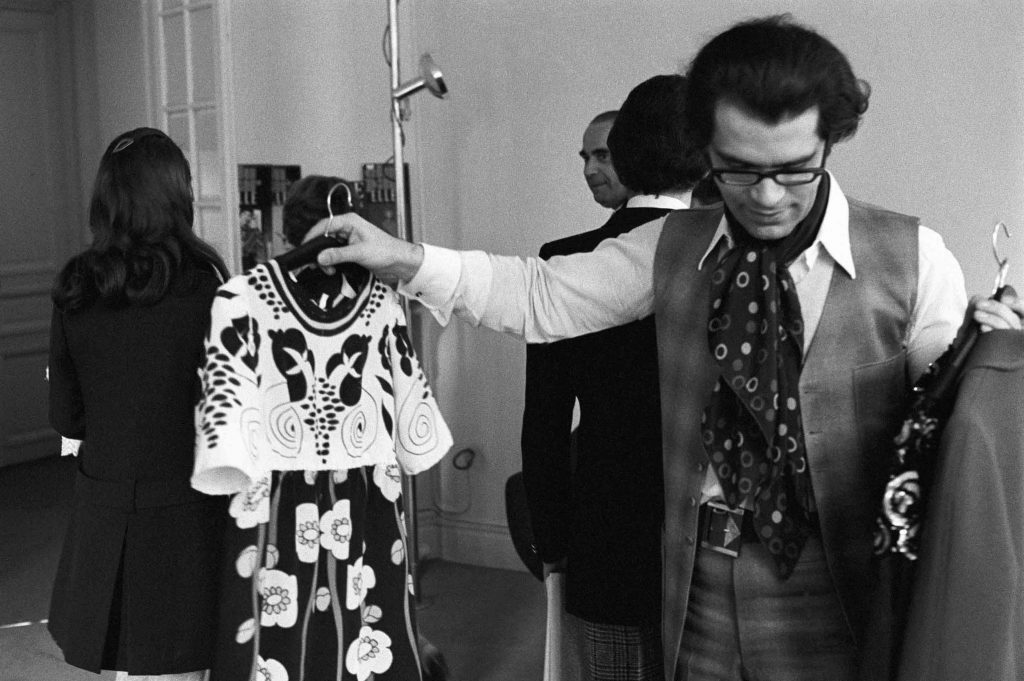
Karl Lagerfeld showing his Fall 1969 collection for Chloe.[/caption]
“What I love best in life is new starts,” Lagerfeld once said. And thank goodness. In addition to his duties for Chanel, Lagerfeld was the creative director of fur and ready-to-wear at Fendi, a position he assumed in 1965. The multitasking designer also designed collections under his own name, but despite his international fame, neither his eponymous collections or the ones he did for Fendi achieved the status of his work for Chanel.
Lagerfeld was the worthiest of successors. The public’s fascination with him rivals its interest in Chanel herself, who was the subject of numerous biographies, plays, and films both recent and vintage; Katharine Hepburn played her on Broadway in the 1970 musical Coco. There is no musical about Lagerfeld’s life yet, but don’t count him out. He cut an indelible figure with his omnipresent sunglasses, black leather gloves, Chrome Hearts rings, and powdered white ponytail.
[caption id="attachment_10019" align="alignnone" width="696"]
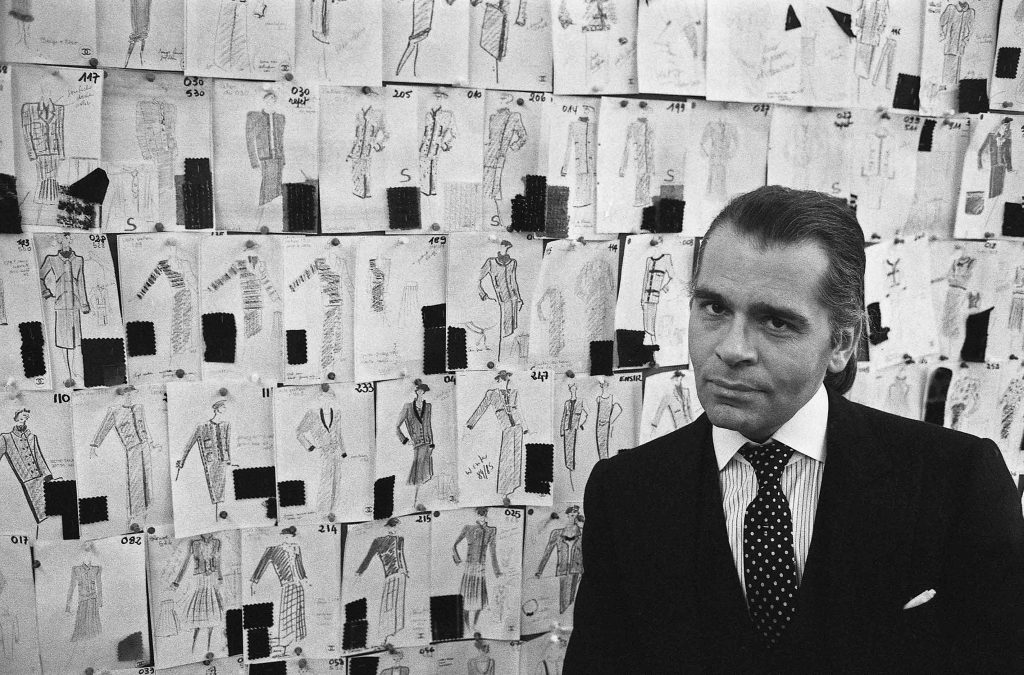
In 1983 Karl Lagerfeld joined Chanel as its chief artistic director fashion designer. A year later March 5, 1984 he finishes his new Haute Couture collection in the Chanel studio on rue Cambon in Paris. This Autumn Winter collection will be shown three weeks later. Chanel was on the brink of total financial loss, but Lagerfeld succeeded to bring the company back to life. An atmosphere of creative work prevails in the studio as his team puts the final touches for the coming runway show. Karl Lagerfeld in front of his scetches. (Photo by John van Hasselt/Corbis via Getty Images)[/caption]
Karl Lagerfeld was born on September 10, 1933, in Hamburg, Germany, to Otto Lagerfeld and Elisabeth Bahlmann. In 1954, at barely 21, Lagerfeld won the International Wool Secretariat in the coat category, sharing the stage with a man who would become his rival in fashion, Yves Saint Laurent, who won for his dress design. The recognition landed Lagerfeld a job with the couturier Pierre Balmain, where he designed for films and dressed stars including Sophia Loren, after which he became head designer at Jean Patou.
In 1963, he began freelancing for Gaby Aghion at Chloé, which is widely considered to be France’s first ready-to-wear label, and took a full-time spot there in 1974, but not before he assumed the creative director job at the Roman furrier label Fendi, a post that he held until his death.

In 1983, Alain Wertheimer, the co-owner of Chanel, asked Lagerfeld to breathe new life into the iconic French house, which had been in sleepy decline since Coco Chanel’s death at the age of 87 in 1971. Lagerfeld obliged in spectacular fashion. Capitalizing on the burgeoning post-modernism of the 1980s, he quoted Coco-isms with such verve his Chanel became the paragon of heritage brand revivals.
Longevity is Lagerfeld’s greatest achievement, but his career has been marked by countless smaller ones. At Chloé he defined the easeful look and feel of ready-to-wear, which was then a nascent category. In the 1990s, he began developing a second career as a commercial photographer, which enabled him to shoot his own advertising campaigns and portfolios for various international magazines, Vogue included. The one constant in his life was drawing; he was fashion’s most prolific and gifted sketcher. His drawings have fetched thousands of dollars at auctions over the years.

Lagerfeld received many accolades over the years. Nicole Kidman presented him with a Lifetime Achievement Award on behalf of the Council of Fashion Designers of America in 2002, and the British Fashion Council recognized him in 2015 with its Outstanding Achievement Award. He received France’s highest honor, commander of the Légion d’Honneur, from then–President Nicolas Sarkozy in 2010. And in 2005, Chanel was the subject of a Costume Institute exhibition that juxtaposed period pieces with Lagerfeld’s creations.
As for his successor, Lagerfeld once claimed he’d like Haider Ackermann, though he later denied it. More recently, Hedi Slimane was rumored to be launching menswear for the house, but that claim was likewise refuted. Today Chanel said that Lagerfeld’s right of hand Virginie Viard, who came out in his place at the January couture show, would take over creative work for the collections. Nonetheless, the truth of the matter is that Karl Lagerfeld is irreplaceable.
21.05.2019 00:00:00
Next article
The only thing that overcomes hard luck is hard work

 Karl Lagerfeld showing his Fall 1969 collection for Chloe.[/caption]
Karl Lagerfeld showing his Fall 1969 collection for Chloe.[/caption]
 In 1983 Karl Lagerfeld joined Chanel as its chief artistic director fashion designer. A year later March 5, 1984 he finishes his new Haute Couture collection in the Chanel studio on rue Cambon in Paris. This Autumn Winter collection will be shown three weeks later. Chanel was on the brink of total financial loss, but Lagerfeld succeeded to bring the company back to life. An atmosphere of creative work prevails in the studio as his team puts the final touches for the coming runway show. Karl Lagerfeld in front of his scetches. (Photo by John van Hasselt/Corbis via Getty Images)[/caption]
In 1983 Karl Lagerfeld joined Chanel as its chief artistic director fashion designer. A year later March 5, 1984 he finishes his new Haute Couture collection in the Chanel studio on rue Cambon in Paris. This Autumn Winter collection will be shown three weeks later. Chanel was on the brink of total financial loss, but Lagerfeld succeeded to bring the company back to life. An atmosphere of creative work prevails in the studio as his team puts the final touches for the coming runway show. Karl Lagerfeld in front of his scetches. (Photo by John van Hasselt/Corbis via Getty Images)[/caption]



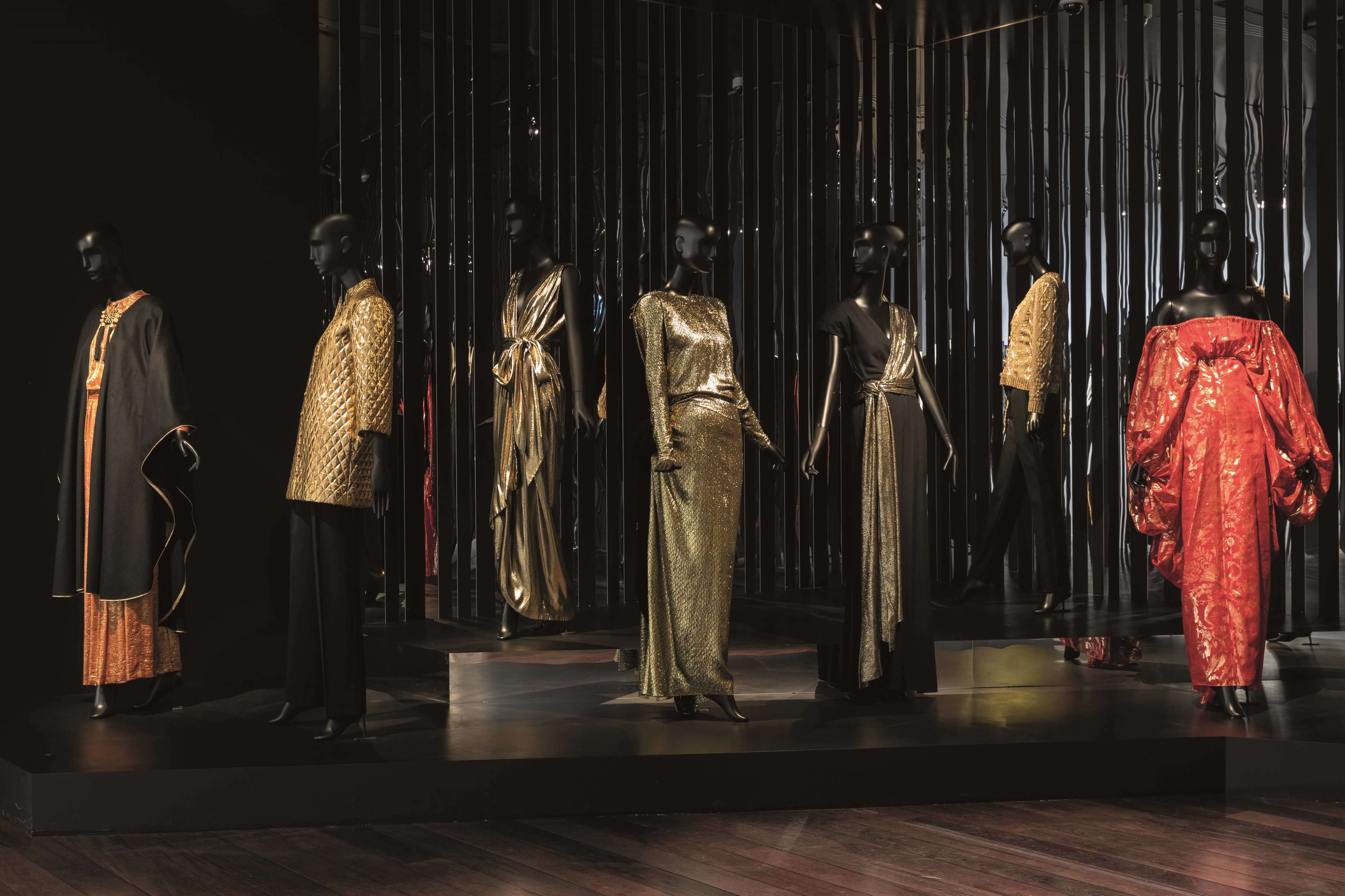
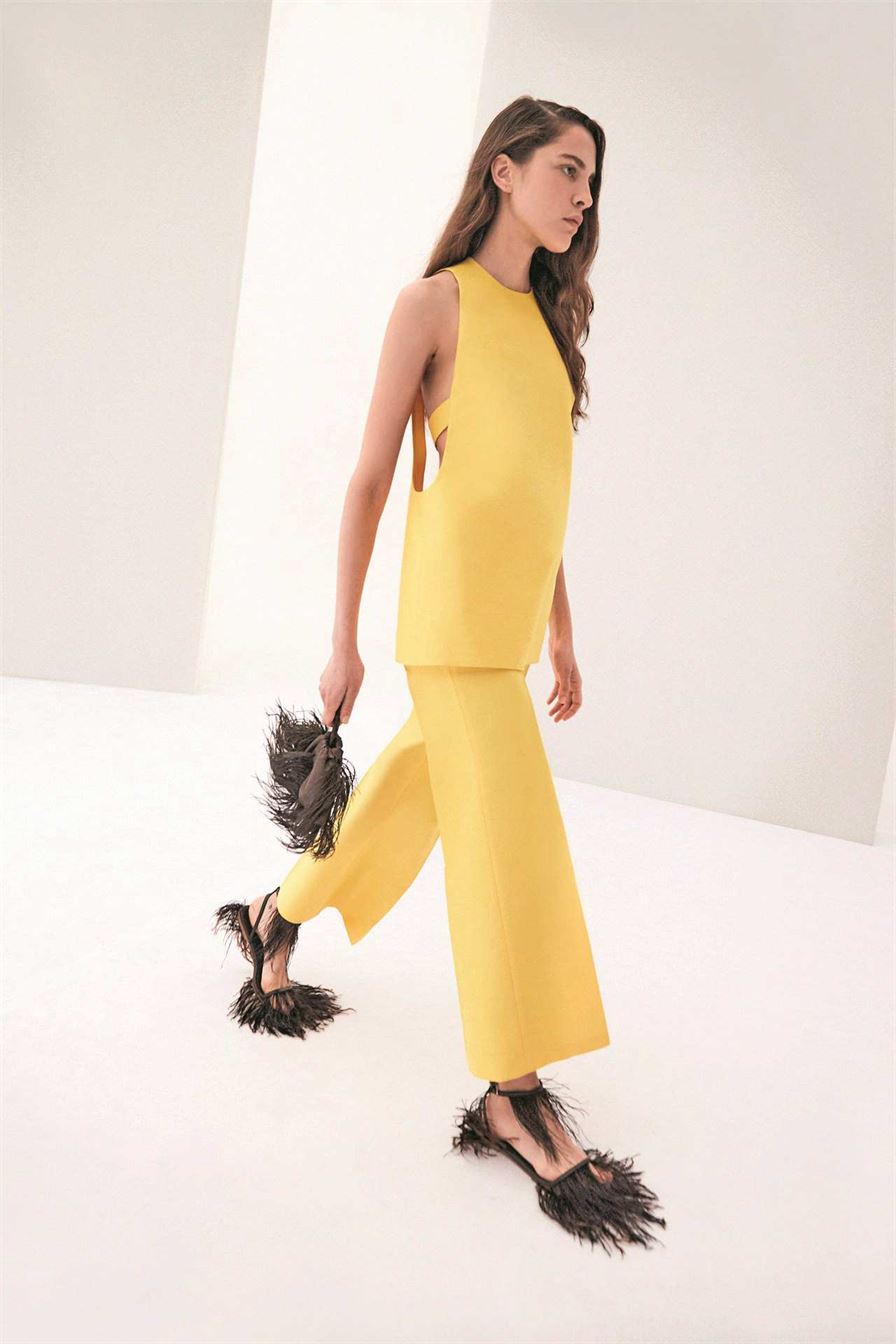

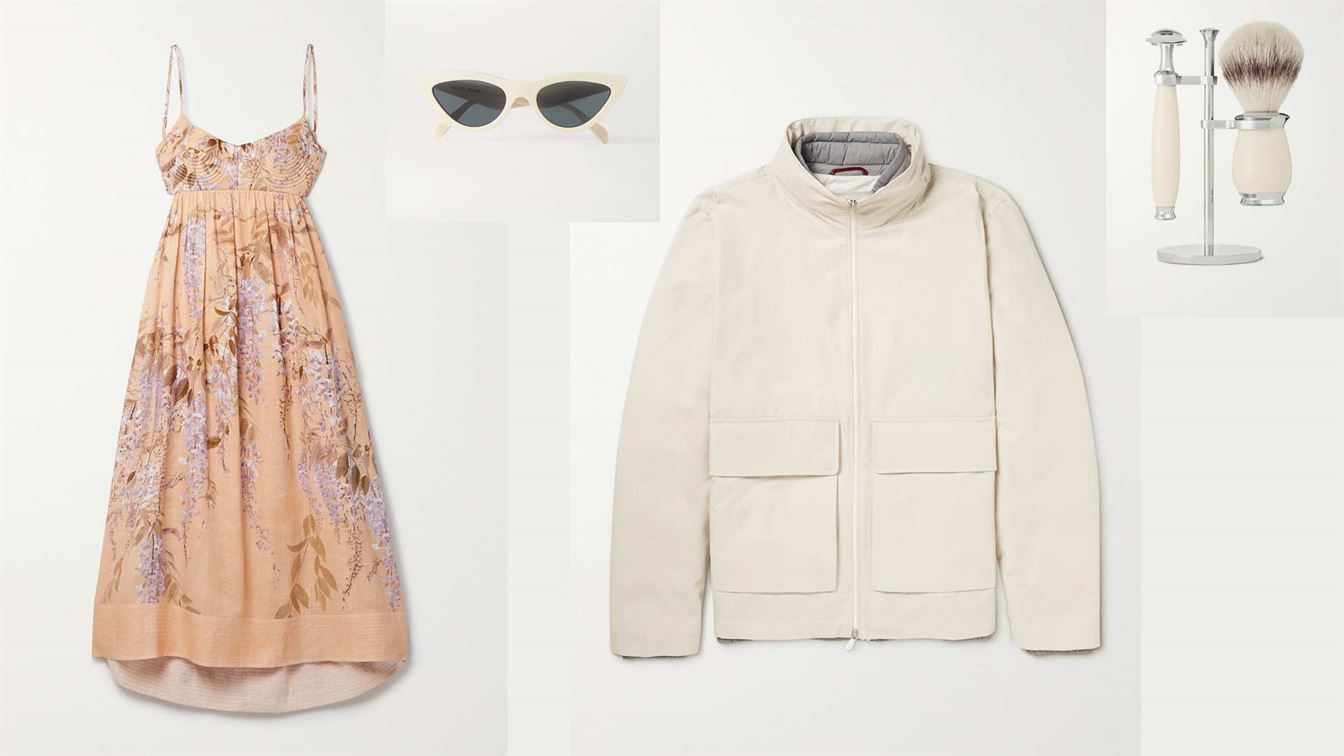
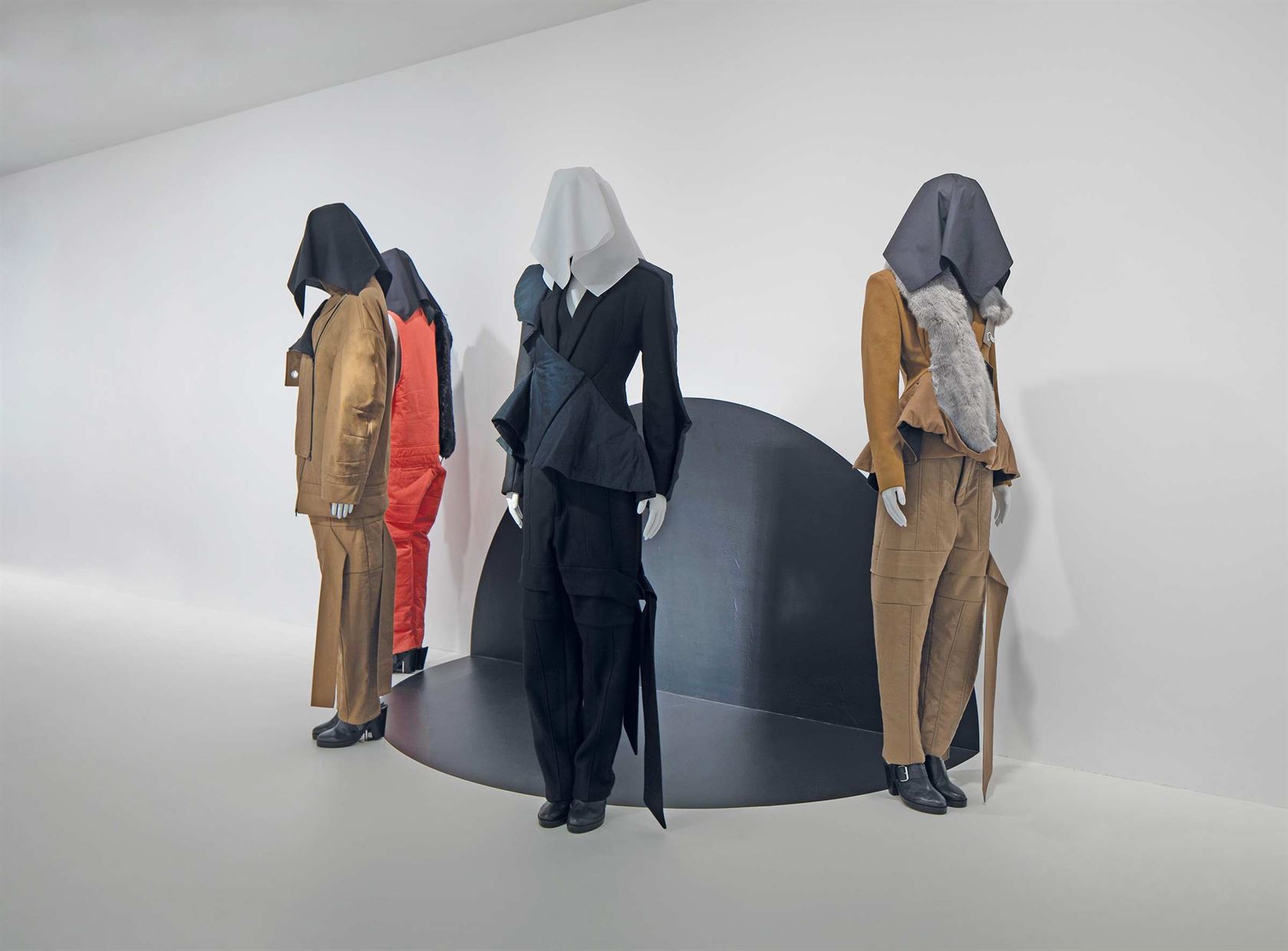
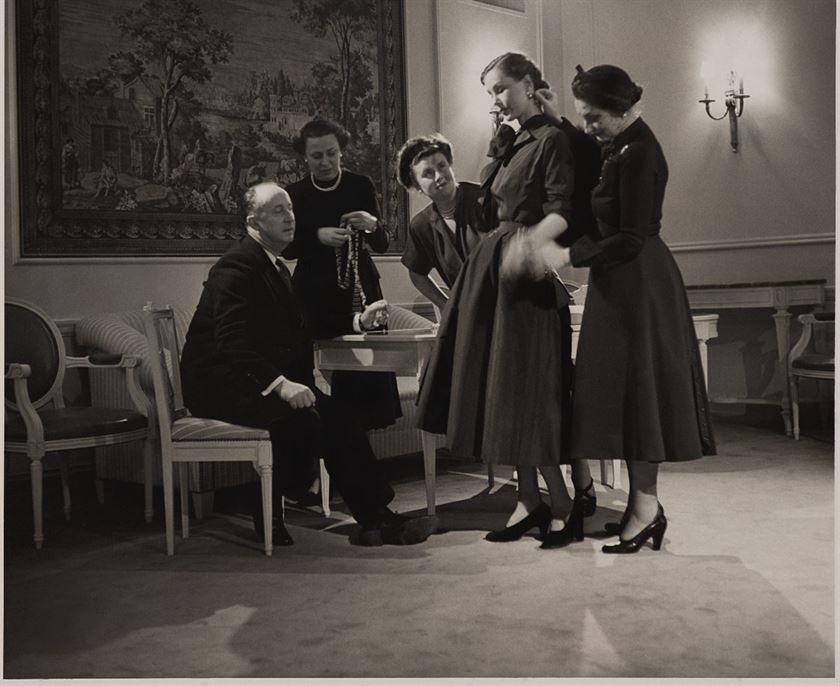
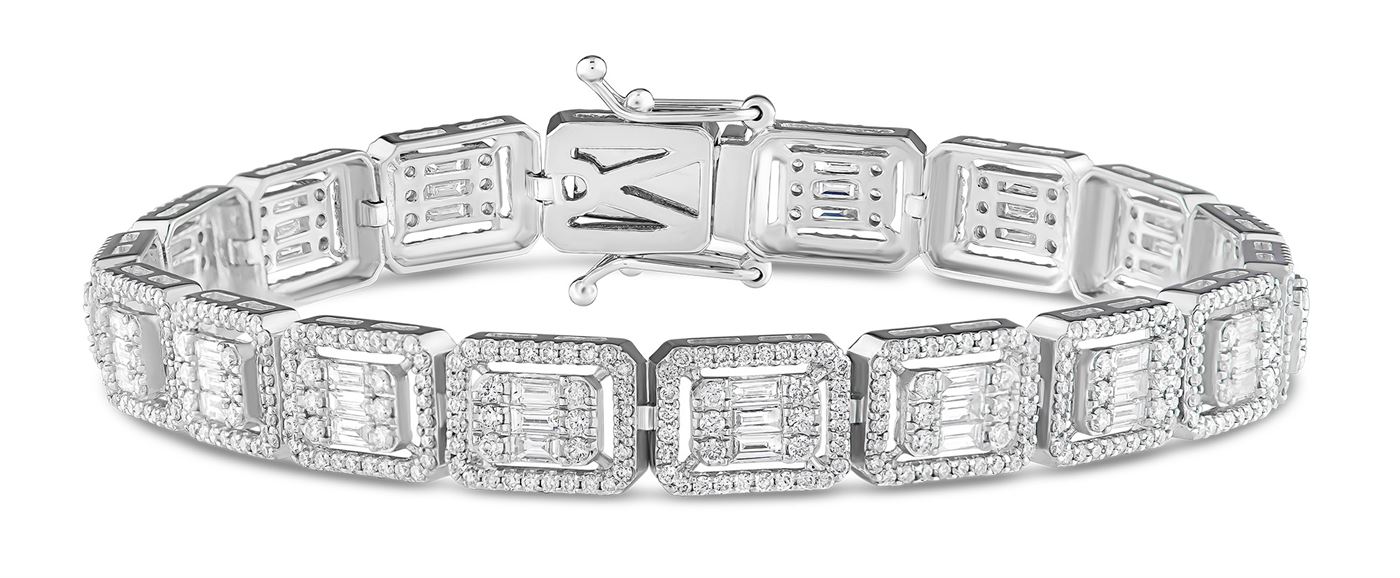
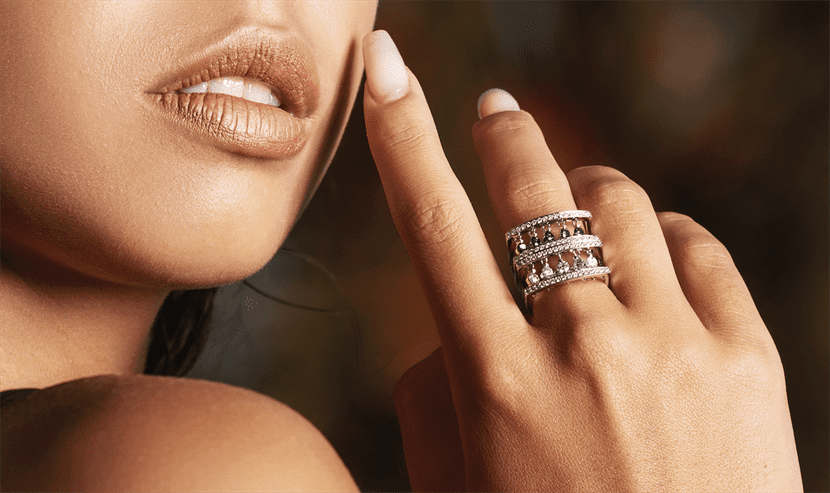
Yorumlar